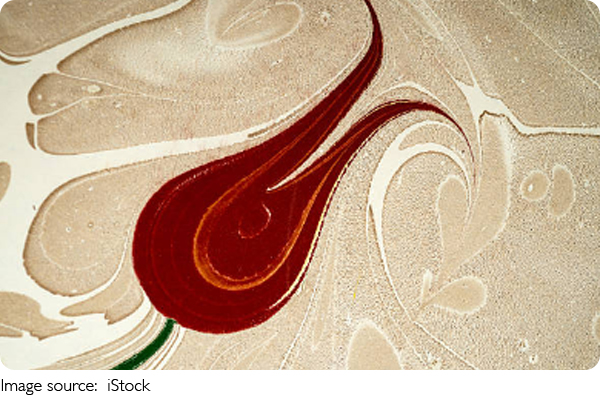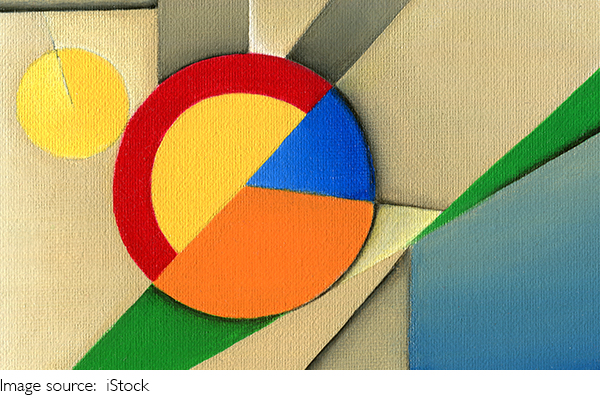Art Value Guide

Have you ever looked at a painting and wondered, "Why is this worth so much?" You're not alone. Whether we're artists ourselves or art lovers, figuring out what gives an artwork its value can feel mysterious.
But in fact, there are clear and practical ways we can assess it. Let's walk through them together.
Look at the artist's background
One of the first things we check is who created the piece. Is the artist well-known in galleries or museums? Have they won awards or held solo exhibitions? An artist's reputation and track record often influence value. Of course, lesser-known artists can also create valuable works, but collectors often pay more for names with recognition.
Study the technique and execution
Next, we need to observe the technique. How well is the piece made? Is the composition balanced? Are the materials high quality? Whether it's oil on canvas or digital art, the craftsmanship matters. We can ask: Does it show skill, detail, and intentionality? If the execution is sloppy or careless, that lowers its artistic and market value.
Check originality and creativity
Originality plays a big role in how we judge a piece. Is it a fresh idea, or does it feel like a copy of something we've seen before? Unique concepts, bold styles, or fresh perspectives often stand out. Art that makes us think, feel, or see the world differently carries more emotional and financial value.
Consider the size and medium
Larger works or pieces done in expensive materials (like gold leaf, large-scale canvases, or rare wood panels) may carry higher production costs, which can impact their price. However, size alone doesn't determine value—what really matters is how well the size and medium serve the idea. Sometimes, a small but powerful sketch can be more valuable than a massive painting.
Understand the artwork's story
Art is more than what we see—it's also about the story behind it. Who or what inspired it? Was it made during a significant moment in the artist's life? Does it connect with a social or historical event? A meaningful story can elevate the emotional value of a piece and make it more memorable for viewers and collectors alike.
Look at condition and preservation
We should also examine the physical condition of the artwork. Is it damaged, faded, or poorly stored? Proper framing, clean surfaces, and stable materials are all signs that the piece has been cared for. Poor condition can reduce a work's appeal and price, especially if it's being considered for resale or exhibition.
Evaluate market demand
Let's be honest—value also depends on what people are willing to pay. Some styles or artists are "hot" in certain years, while others become more valuable over time. We can check auction results, gallery pricing, or online platforms to see how similar works are priced. This helps us understand the current market trend.
Seek expert opinions
If we're unsure, there's no harm in asking for help. Gallery owners, curators, or professional appraisers can offer useful insight. Some even specialize in specific time periods, styles, or regions. Getting a second opinion, especially for high-value pieces, is a smart move.
Remember emotional value too
Not all value is about money. Sometimes we fall in love with a piece because it speaks to us personally. That kind of value can't be measured in dollars—and honestly, it's just as important. When art moves us or connects with our memories, it becomes priceless in its own way.

What makes a piece valuable to you?
So Lykkers, when you look at a painting or sculpture, what do you notice first? Is it the skill? The story? The feeling it gives you? Evaluating art can be both practical and personal—and that's the beauty of it.
We'd love to hear your thoughts. Have you ever bought, created, or admired a piece that felt truly valuable? Let's talk about what made it special!

 · Photography Team
· Photography Team